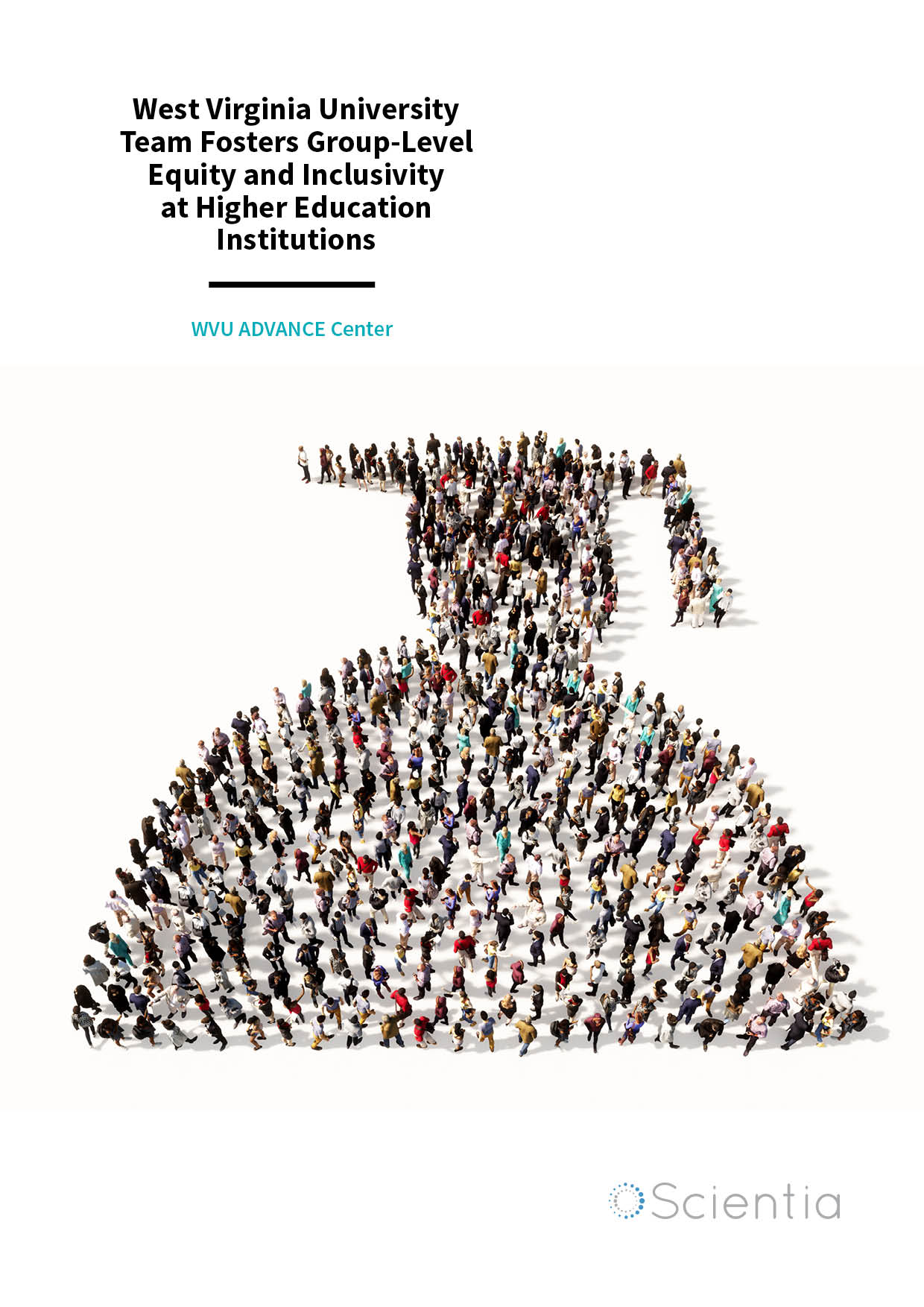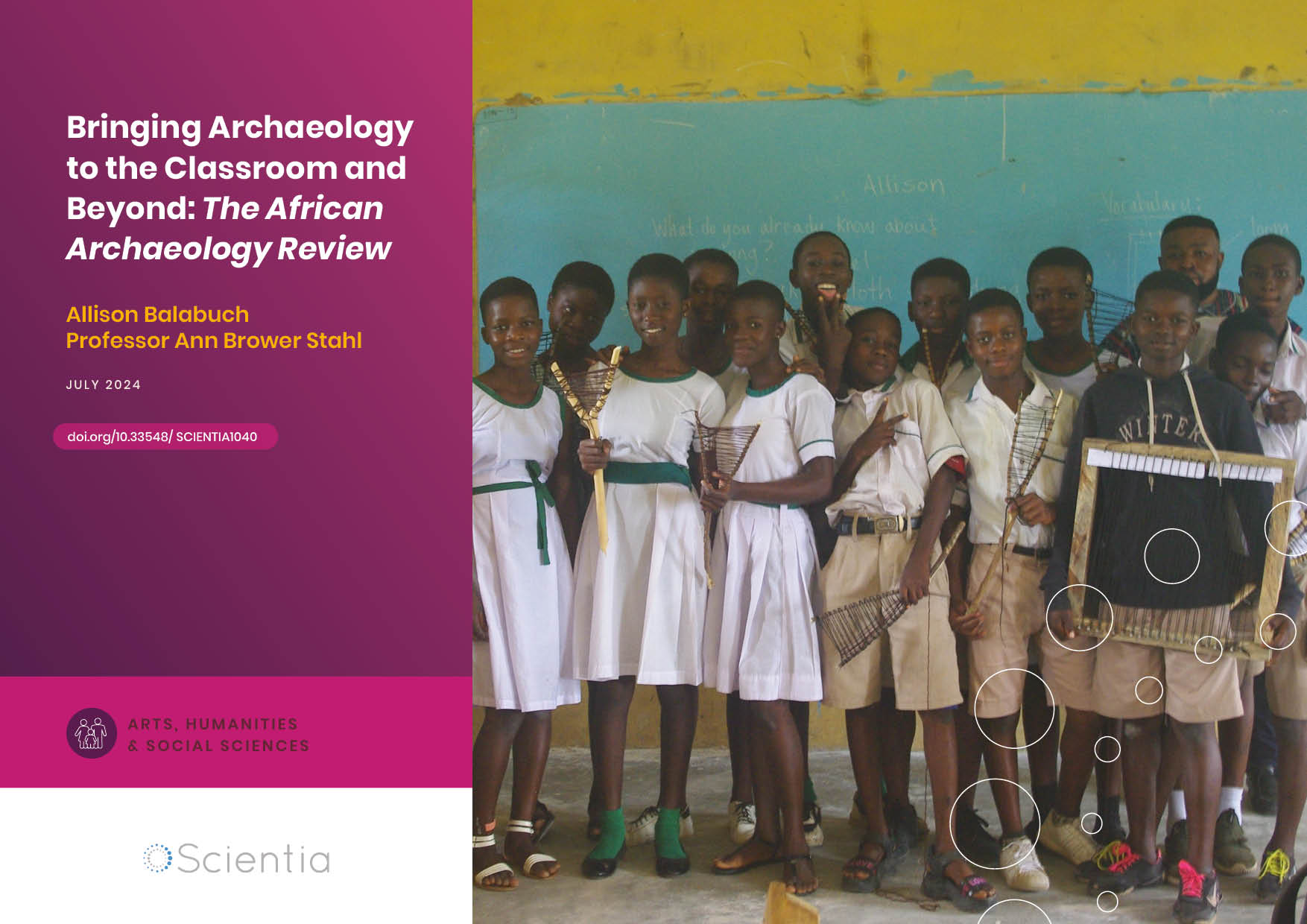Dr Stefan Rieger | Dr Ina Bolinski – Beyond the Anthropocene: Are We Entering a ‘Multispecies Turn’?
A multispecies approach to scientific, cultural and anthropological studies is in direct opposition to traditionally held anthropocentric views of human superiority. However, Drs Stefan Rieger and Ina Bolinski from the Ruhr-University Bochum are working to scrutinise the collaborations between species as diverse as humans, animals, plants, fungi, insects and microbes, and believe that we could be at the beginning of a ‘Multispecies Turn’ in our history. Through their research in media studies, they show that exploring such collaborations could become a necessity in solving many societal challenges, in areas ranging from farming to human health.
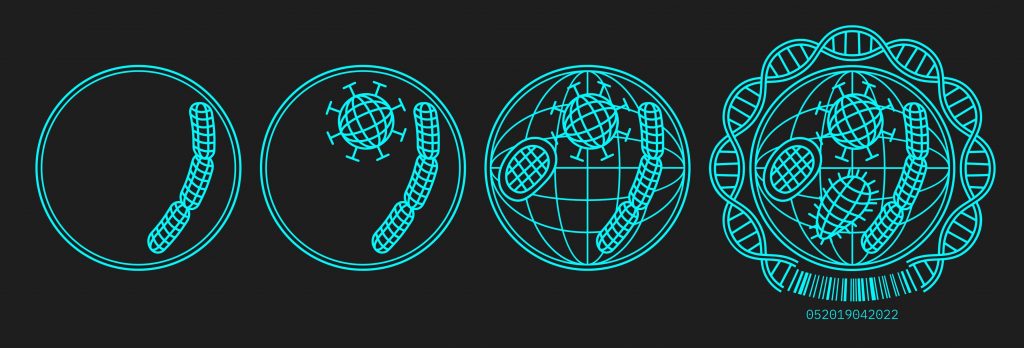
Back to Nature – But Not as We Know It
Anthropocentrism is the belief that human beings are the most important factor in the Universe, and interprets the world in terms of human values. Traditional and long-held anthropocentric views of the world therefore assume human superiority over animals, and indeed any other living beings, and non-living entities. Moreover, the naming of our current epoch, as the ‘Anthropocene’ places human beings at the centre of the period of time in which we exist.
In contrast, exploration of multispecies societies is a recent trend that has begun to address the involvement of non-humans in what are typically considered human cultural practices. The central facet of this multispecies approach is the recognition that humans are not singular, unified agents. Rather, alongside our human cells, we are comprised of a huge array of non-human entities, including bacteria, viruses and fungi – without which we could not survive.
Dr Stefan Rieger and Dr Ina Bolinski at Ruhr-University Bochum think that the collaborations across species that are at the centre of this multispecies view are about to challenge well-established taxonomical and epistemological divides between humans, animals, plants, cultural artefacts and the increasingly mediatised environments in which we, and they, exist. They argue that the long-held anthropocentric position, which emphasises humankind’s island position and pre-eminence above other living beings, no longer works under the pressures of human-animal studies and post- and trans-human areas of thought.
Dr Bolinski and Dr Rieger believe that we should be looking at expanding the actors within our environment, and that non-human species at varying scales influence many aspects of our culture, practice and behaviour. ‘The expansion of virtual reality in particular provides opportunities to immerse oneself in other forms of life and find a new perspective,’ says Dr Rieger. In these worlds, it becomes possible to become, for example, an animal, or a plant, and to feel an empathy with other species within the virtual media, which has itself become part of the individual’s environment.
‘With this shifting focus towards non-human actors, the presumably obsolete concept of holism, and viewing the world holistically, re-emerges as a fruitful construct,’ suggests Dr Rieger. ‘These changes result in what can be described as a “Multispecies Turn” within contemporary culture.’
Dr Bolinski and Dr Rieger describe this ‘Multispecies Turn’ as being located in diverging fields such as natural and social sciences, arts and politics. Media studies, with a focus on cultural techniques, can play a crucial role with regard to this ‘Turn’, as this field often reflects on collaborations that take place with the help of media technologies, or within medial environments of various living and non-living actors.
‘Be it dogs as sensors for cancer diagnostics or bacterial DNA as data storage – biological actors have already surpassed technological variants in various fields,’ explains Dr Rieger. ‘But what is happening between species also needs theoretical reflection – a deficit which is also mirrored in the establishment of new fields of research such as Animal-Computer-Interaction.’
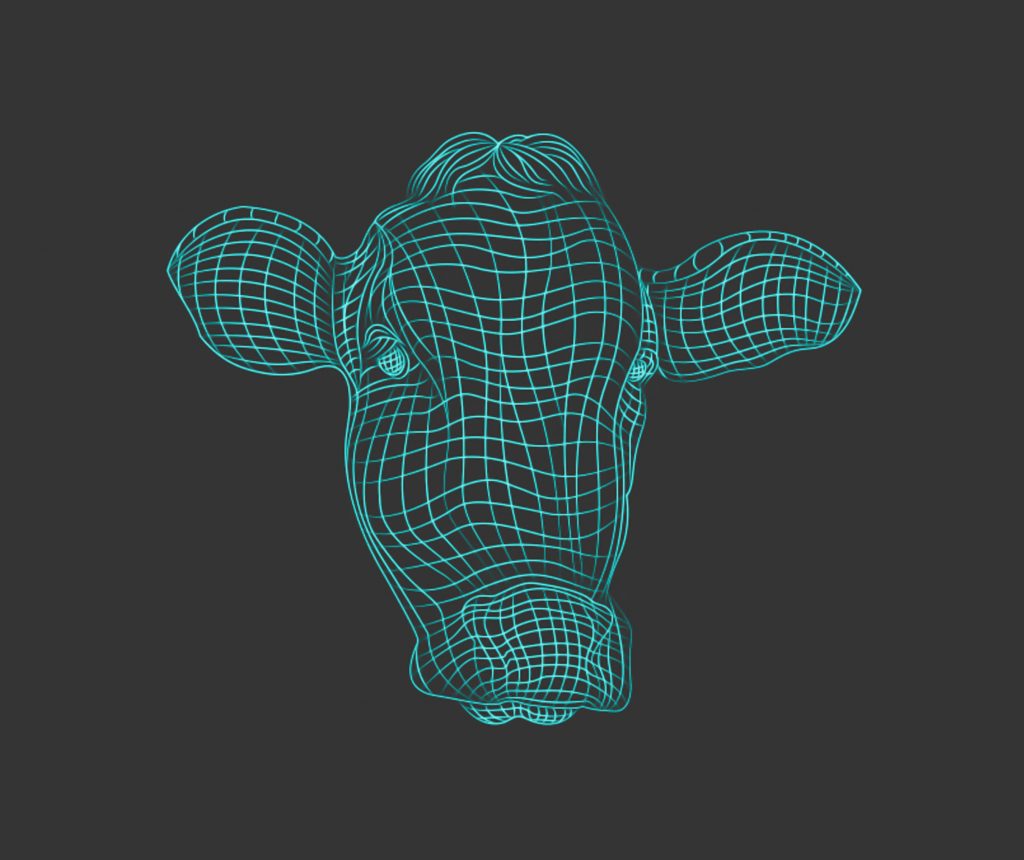
Practical Applications of a Multispecies Approach
Alongside their investigations into how to close the theoretical gap between species and their interactions, Dr Rieger and Dr Bolinski are also concerned with addressing the ethical and political implications of the multispecies. The new forms of mixed society generated by this approach include a diverse range of actors such as humans, plants, animals and artefacts, each of which needs careful consideration, and many activities and interactions for which there may not be precedents.
Two particularly suitable examples of the team’s area of focus are herd management and ambient assisted living (AAL), and the role that a wide range of human and non-human actors could have in their future development. These two areas, which at first glance might appear wildly differing, exhibit many parallels and crossovers when considered within the context of a multispecies approach.
‘In respect to how their data is processed, humans and animals are related,’ says Dr Bolinski. ‘Technological possibilities of measuring space concern livestock farming as well as the design of human living environments. Processing of data relating to livestock breeding allows us to meet consumer protection standards – however, at the cost of altering the status of animals themselves. Home automation systems (often using the same technology) allow us to preserve the autonomy of people requiring care – but at the cost of delegating some of this autonomy to technology.’
In both areas, fundamental questions are posed concerning current and future societal challenges, including for example rising costs of healthcare, climate change and intensive farming. But they also raise questions for media theory, where the relations of humans and animals to their technological environment are conceived in the face of new media that are invisible, pervasive and reliant on big data.
In terms of monitored herd management, Dr Bolinski asks, what are the implications of animal digitalisation and data collection – on the one hand for categorical determination of culture and nature, and on the other hand for the self-image of humans as a system component of changing environments?
With increasing herd sizes and more extensive management tasks, radio frequency identification (involving injecting a microchip into animals) can be coupled with other systems, such as automatic feeding systems, milking systems, or weighing, loading and sorting facilities, to create processes controlled without human labour. This offers a new perspective when additional functions in the technology of animal identification can be integrated.
Sensors and measuring systems allow body temperature, heart rate, pH values and hormone profiles to be determined in predefined time periods. These values, as well as activity patterns, location analysis and data on stress levels, provide information about the condition and health of an animal. Using similar techniques, procedures in which the appropriate technology is built into clothing mean that comparable forms of health monitoring can also be used for humans in ambient assisted living.
The increasing mechanisation and penetration of technology into the biological arena make previously sharp boundaries blur almost entirely so that it can no longer be clearly determined what is natural and what can be assigned to culture. This is the case with electronic animal identification, and Dr Bolinski argues that microchips injected into animals can no longer be seen as just an object.
‘The technical artefact and the “natural” animal also have a new status,’ states Dr Bolinski. ‘The working hypothesis of our material studies is that with the insertion of the microchip in the animal body to influence the “natural”, the technical and biological components together form a new hybrid unit.’
Through modern GPS technology and data collection and transfer, such ‘smart’ farming can be extended to encompass the whole farm enterprise, for example, providing data about the composition and movement of the herd structure as a whole. Such data collection allows various management practices to be employed, such as virtual fences that replace physical boundaries completely. This means that entire environments or rooms (in the case of technology-assisted living) become smart and change the living environment for all.
Within smart farming, soil and animal management are no longer separate from each other. Using precision farming techniques, sensors determine values for soil moisture, sunlight and wind conditions, and automatically control irrigation systems. Performance and individual needs of both crops and animals are monitored and adjusted, while data are provided instantly to actors further down the supply chain.
‘So-called virtual farming is becoming increasingly common-place, but there are challenges that must be addressed,’ explains Dr Rieger. ‘These include the requirement for mediation between the diverse range of actors involved, and how we deal with the ever-increasing amounts of data generated.’

Addressing Future Challenges with Multispecies Solutions
As illustrated by Dr Bolinski’s example of the virtualisation of farming, the development of new mechanisms for dealing with large amounts of data is integral to an increasingly digitised multispecies approach. ‘The requirements of “the memory of the future” are obvious,’ says Dr Bolinski. ‘Data should be easy to reproduce, and above all, saved permanently. The data should also escape the “digital death” caused by unusable storage media and hardware and software that are no longer available.’
With this in mind, Drs Bolinski and Rieger suggest that in a truly multispecies approach, we should turn our attention to bacteria as a possible solution. Many bacterial strains have properties such as robustness, longevity and rapid reproduction – qualities that make them appear to be an almost predestined choice for forming an efficient, expandable and living data storage solution. In fact, new calculations show that up to 215,000 terabytes can be archived in just one gram of organic matter.
‘Tasks still reserved for electronic media today could be taken over by cells whose genes act as an information archive,’ says Dr Bolinski. ‘Bacteria have a great future as biological storehouses. And more than that – they are living archives.’
The new multispecies perspective on the world, discussed by Drs Rieger and Bolinski, therefore positions humans as no longer acting alone, but instead embedded in diverse collaborative communities. Their view sees the dawn of a new era – one with much greater reliance on, and interaction with, a broader range of species.
In this context, it is important to separate the use of media as being exclusively by humans, and to transfer it to other ways of being – for example from Human-Computer-Interaction (HCI) to Animal-Computer-Interaction (ACI) or Plant-Computer-Interaction (PCI), and further still, to Human-Computer-Biosphere-Interaction (HCBI). Such movements towards cross-species communication and collaboration, as well as the recognition of their interplay with the technical environment, are part of post-humanistic thinking.
With a proper distance from anthropocentrism, living environments could be conceived in which people and animals, machines and plants, real and virtual, aren’t categorised taxonomically and ontologically, but exist together in a dynamic of collaborations and interactions that are entangled together.
In a world where humans are not top and centre, multispecies collaborations could provide the mechanisms and opportunities for advancement – potentially taking us past the human-induced limits of today. Furthermore, challenges, and indeed crises, such as our changing climate, feeding a growing world population or looking after our aging population, may be seen as cross-species problems, with the solutions actually being reliant on this multispecies approach.
Reference
https://doi.org/10.33548/SCIENTIA499
Meet the researchers

CREDIT: Damian Gorczany
Dr Stefan Rieger
Institute for Media Studies
Ruhr-University Bochum
Bochum, Germany
Dr Stefan Rieger has held the position of Professor of Media History and Communication Theory at the Ruhr-University Bochum since 2007. His doctorate was in data processing and mnemonics, and his thesis examined the relationship between media and anthropology. The current focus of his work and publications is on the history of science, media theory and cultural techniques. Since May 2019, he has worked on the DFG-funded project ‘Cross-species collaborations: To the Multispecies Turn in Media Studies’ with Dr Ina Bolinski, and the pair have run a series of workshops and conferences covering topics as diverse as plant communication and human-robot interactions.
CONTACT
E: stefan.rieger@rub.de
W: https://ifmlog.blogs.ruhr-uni-bochum.de/ifm/personen/prof-dr-stefan-rieger/
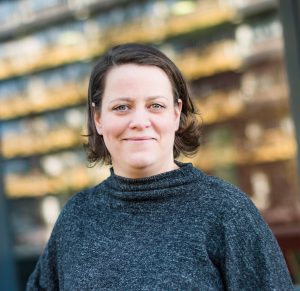
CREDIT: Damian Gorczany
Dr Ina Bolinski
Institute for Media Studies
Ruhr-University Bochum
Bochum, Germany
Dr Ina Bolinski has worked as a Research Associate at the Ruhr-University Bochum since 2013. Prior to this, she was a Junior fellow of the DFG research group ‘Media Cultures of Computer Simulation’ at the Leuphana University in Lüneburg. Dr Bolinski’s main areas of research include media history of electronic animal identification and data-based herd management, living data storage, animals in digital media and human-animal studies. Since May 2019, she has been working on the DFG-funded project looking at a ‘Multispecies Turn’ in Media Studies detailed above, with Dr Stefan Rieger.
CONTACT
E: ina.bolinski@rub.de
W: https://ifmlog.blogs.ruhr-uni-bochum.de/ifm/personen/ina-bolinski/
KEY COLLABORATORS
Forschungsinitiative Tiertheorien (FITT)
FUNDING
DFG – The German Research Foundation

Creative Commons Licence
(CC BY 4.0)
This work is licensed under a Creative Commons Attribution 4.0 International License. 
What does this mean?
Share: You can copy and redistribute the material in any medium or format
Adapt: You can change, and build upon the material for any purpose, even commercially.
Credit: You must give appropriate credit, provide a link to the license, and indicate if changes were made.
More articles you may like
Dr Ralf Adam | New Technologies Shaping the Future of Oral Hygiene
Understanding the efficiency of various toothbrush technologies is essential for achieving optimal oral health. Dr Ralf Adam, who leads a dedicated team at Procter & Gamble in Germany, is keen to investigate the complexities of these technologies. His team have provided new insights into the best toothbrush types for plaque removal and the maintenance of gum health. By highlighting the importance of informed oral care decisions and ongoing investigations, this vital research works towards ensuring everyone can achieve a brighter, healthier smile.
WVU ADVANCE Center | West Virginia University Team Fosters Group-Level Equity and Inclusivity at Higher Education Institutions
Despite ongoing efforts to broaden participation in the academy, many groups remain underrepresented. More needs to be done to ensure that all faculty and students succeed in institutions of higher education. The WVU ADVANCE Center is an academic hub at West Virginia University, which provides services, events, mentorship opportunities, and other initiatives that promote the sense of belonging that leads to thriving faculty and students.
Dr Olalla Castro-Alvaredo | Measuring Entanglement: Symmetry-Resolved Entropy
Dr Olalla Castro-Alvaredo of the City University of London (UK) and her collaborators are advancing our understanding of an important phenomenon of quantum mechanical systems known as entanglement and, especially, its mathematical measures. Symmetry-resolved entanglement entropy is one such measure. Their study focuses on special quantum states which are excited with respect to a ground state. The research shows how the entanglement amongst quantum particles can be measured and assesses the contribution to the entanglement of quasiparticle excitations, particularly in the presence of additional symmetries.
Allison Balabuch – Professor Ann Brower Stahl | Bringing Archaeology to the Classroom and Beyond: The African Archaeology Review
The African Archaeology Review (AAR) journal recently celebrated its 40th anniversary. To mark this occasion, a special issue was compiled with an innovative theme: Archaeology for Education. To achieve this, the AAR editorial team assembled a group of academic researchers in archaeology with the proposition of writing articles collaboratively with educators that would make their research centred on Africa’s rich pasts accessible for use in school learning. The goal is to change the stories we tell about Africa both within and outside the continent.


